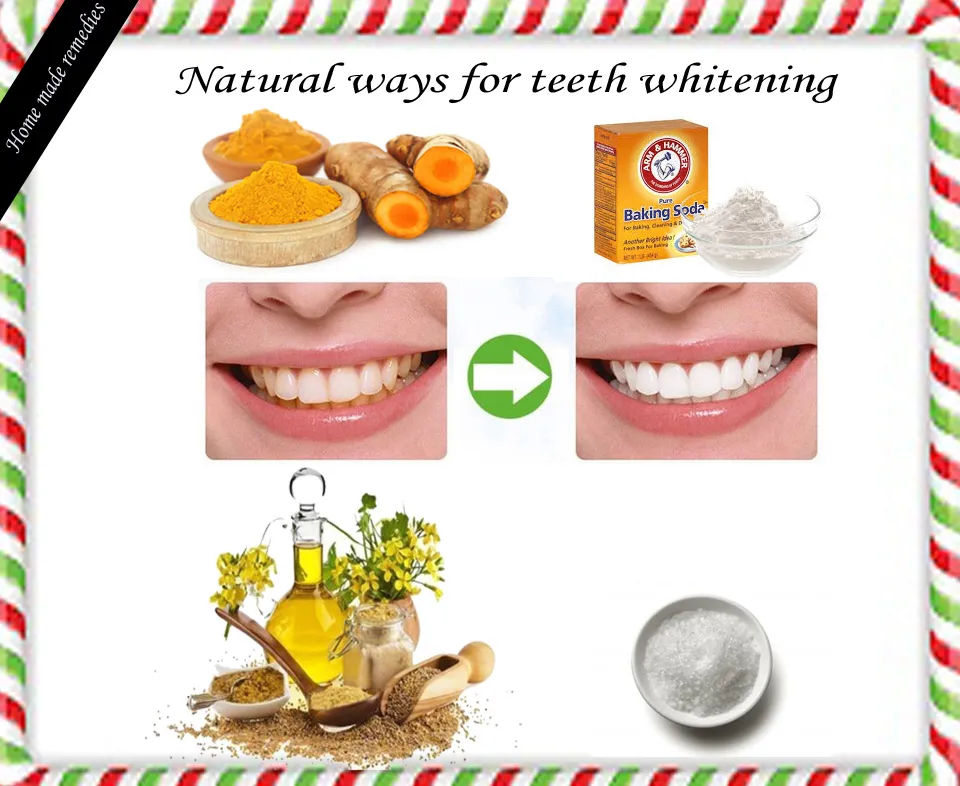The Importance of a Bright Smile
A bright, white smile is often associated with health, youthfulness, and confidence. It can significantly impact your self-esteem and how others perceive you. In social and professional settings, a dazzling smile can make a positive first impression. Beyond aesthetics, maintaining good oral hygiene, which often leads to a brighter smile, is crucial for overall health. Regular dental check-ups and proper care contribute to not only the appearance but also the long-term health of your teeth and gums. Therefore, understanding the factors that affect the brightness of your smile and exploring safe and effective teeth whitening remedies is a worthwhile endeavor.
Understanding Tooth Discoloration
Tooth discoloration, or staining, can be caused by various factors. The outer layer of your teeth, the enamel, is porous and can absorb stains from food and drinks. Intrinsic stains originate from within the tooth itself, often due to aging, trauma, or medications. Extrinsic stains occur on the surface of the tooth. Knowing the difference can help you choose the appropriate teeth whitening method. The color of your teeth can also be influenced by genetics, with some individuals naturally having brighter enamel than others. Understanding these different types of discoloration is essential for setting realistic expectations and selecting the most effective home remedies for teeth whitening.
Common Causes of Tooth Staining
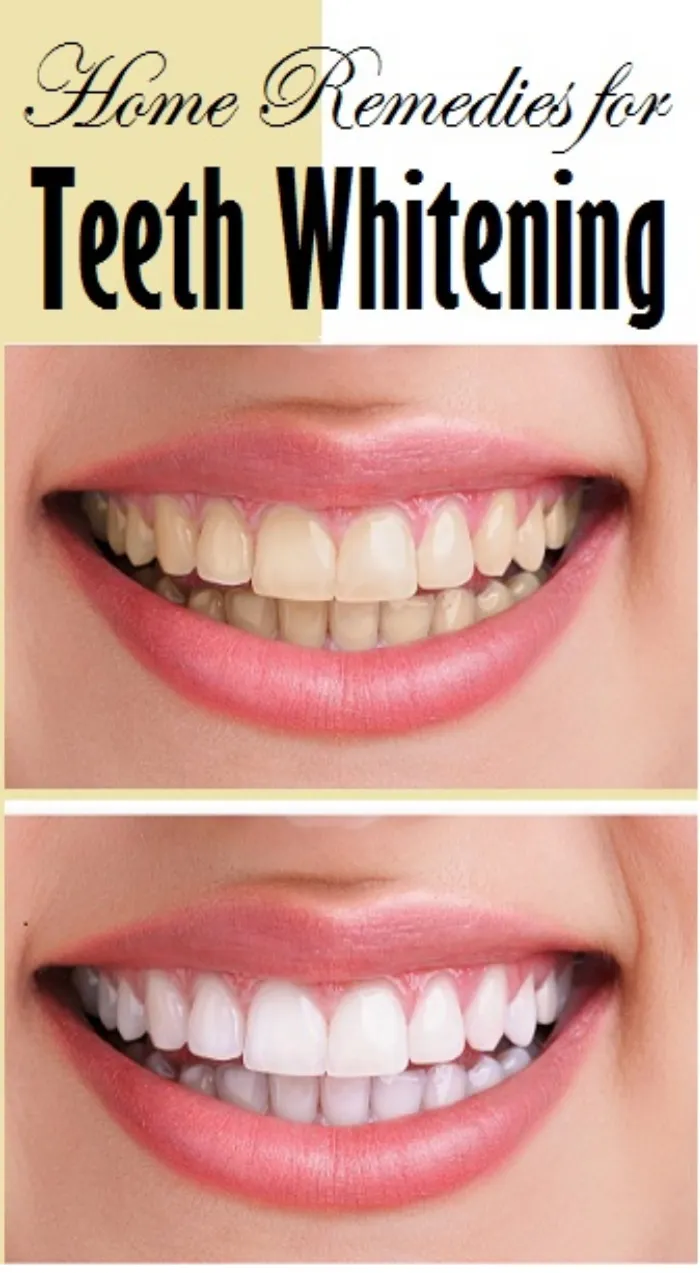
Several factors contribute to tooth staining. Dietary habits play a significant role; consuming dark-colored beverages like coffee, tea, and red wine can stain teeth over time. Smoking and tobacco use are major culprits, as they leave behind tar and nicotine, leading to yellowing and brown stains. Poor oral hygiene, including infrequent brushing and flossing, allows plaque and tartar to build up, contributing to discoloration. Certain medications, such as tetracycline antibiotics taken during tooth development, can cause intrinsic stains. Aging also leads to changes in tooth color as the enamel thins, revealing the yellowish dentin underneath. The accumulation of these factors underscores the need for proactive measures to maintain a bright smile.
Top 7 Teeth Whitening Remedies at Home
Fortunately, several home remedies can help you achieve a brighter smile. These remedies offer a convenient and often cost-effective alternative to professional treatments. However, it’s crucial to approach them with caution and understand their potential benefits and risks. The following remedies are generally considered safe when used correctly and in moderation. Remember to consult with your dentist before trying any new teeth whitening method, especially if you have sensitive teeth or existing dental work. Safety should always be the priority when trying to enhance your smile at home. Let’s explore some of the most popular and effective options.
Baking Soda and Hydrogen Peroxide for Whitening
Baking soda and hydrogen peroxide are common household items known for their whitening properties. Baking soda acts as a mild abrasive, helping to scrub away surface stains, while hydrogen peroxide has a mild bleaching effect. This combination can effectively remove stains caused by coffee, tea, and other common culprits. The appeal lies in their accessibility and affordability, making them a popular choice for at-home teeth whitening. However, it’s essential to use them correctly and sparingly to avoid potential risks, which include enamel erosion if overused.
How to Use Baking Soda and Hydrogen Peroxide
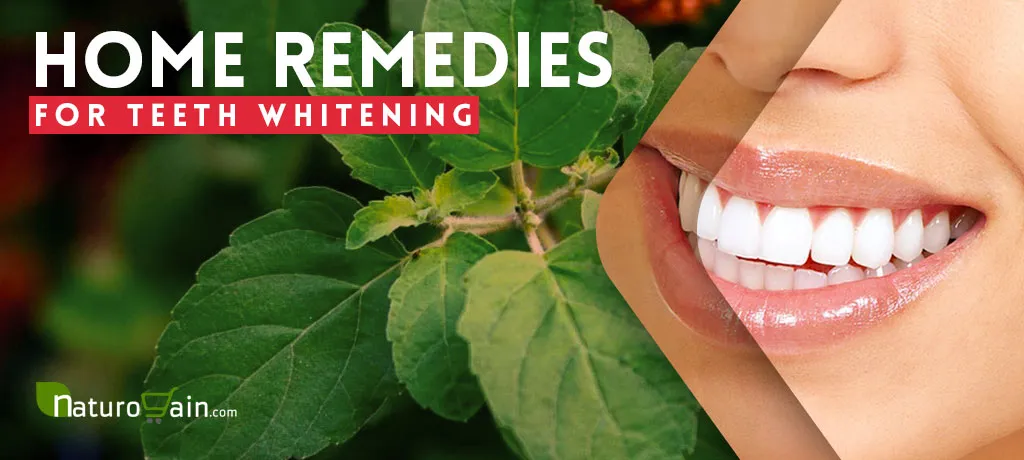
To use this remedy, mix baking soda with hydrogen peroxide to create a paste. Use a ratio of approximately two parts baking soda to one part hydrogen peroxide, adjusting to achieve a paste-like consistency. Apply the paste to your toothbrush and gently brush your teeth for about two minutes, using a soft-bristled toothbrush to minimize abrasion. Rinse thoroughly with water after brushing. It’s recommended to use this mixture no more than once or twice a week. Overuse can lead to increased tooth sensitivity and damage to the enamel. Always handle hydrogen peroxide with care, avoiding ingestion.
Benefits and Risks of Baking Soda and Hydrogen Peroxide
The primary benefit of using baking soda and hydrogen peroxide is their ability to remove surface stains and brighten your teeth. They are readily available and inexpensive. However, there are potential risks. Excessive use can erode enamel, leading to increased sensitivity and a higher risk of cavities. It’s crucial to use a soft-bristled toothbrush and avoid applying too much pressure while brushing. If you experience increased sensitivity or discomfort, discontinue use and consult with your dentist. Hydrogen peroxide, if swallowed, can cause stomach upset, so it is critical to rinse thoroughly after brushing.
Activated Charcoal for Teeth Whitening
Activated charcoal has gained popularity for teeth whitening due to its adsorptive properties. It can bind to stains and remove them from the teeth. The porous nature of activated charcoal allows it to attract and trap stain-causing particles, making it a potential solution for surface discoloration. This method is considered a natural and relatively gentle approach compared to some chemical treatments. Its growing appeal stems from the perception of being a natural and less invasive option for enhancing the brightness of your smile.
How to Use Activated Charcoal Safely
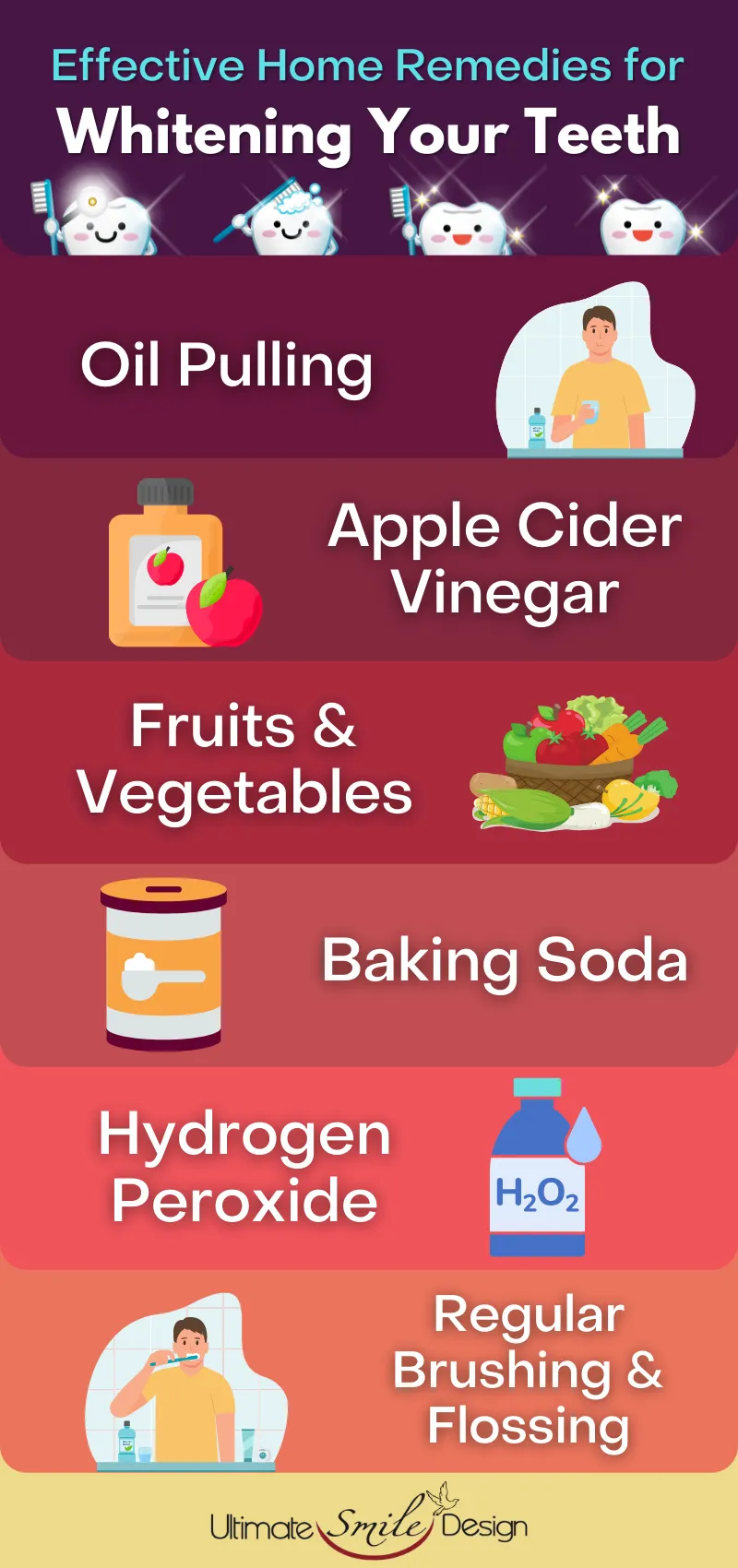
To use activated charcoal, dip a clean, wet toothbrush into the charcoal powder. Gently brush your teeth for about two minutes, focusing on all surfaces. Rinse your mouth thoroughly with water, and be prepared for black residue. Follow up with regular brushing with your toothpaste to remove any remaining charcoal particles. Use activated charcoal no more than a few times a week. The frequency depends on your specific needs and sensitivity of your teeth. Always use a soft-bristled toothbrush to minimize any abrasive effects on the enamel.
Benefits and Risks of Activated Charcoal
The potential benefits of using activated charcoal include the removal of surface stains and a perceived improvement in teeth brightness. It’s a natural and relatively inexpensive option. However, the risks include potential abrasiveness, which can wear down enamel over time if used aggressively. It’s also important to note that while activated charcoal can remove surface stains, it may not be effective on deeper, intrinsic stains. Some people may experience increased sensitivity or gum irritation. There is also limited scientific evidence to support its effectiveness. If you experience any discomfort or sensitivity, stop using it and consult your dentist.
Oil Pulling for a Whiter Smile
Oil pulling, an ancient Ayurvedic practice, involves swishing oil in your mouth to remove bacteria and toxins. While its primary benefit isn’t teeth whitening, it can contribute to a brighter smile by reducing plaque and improving overall oral health. The oil, typically coconut oil, can help remove surface stains and promote a cleaner mouth environment. The gentle cleansing action helps reduce inflammation and can improve gum health, which, in turn, enhances the appearance of your teeth. Oil pulling is often seen as a holistic approach to oral care and a way to support a healthy mouth.
How to Perform Oil Pulling Effectively
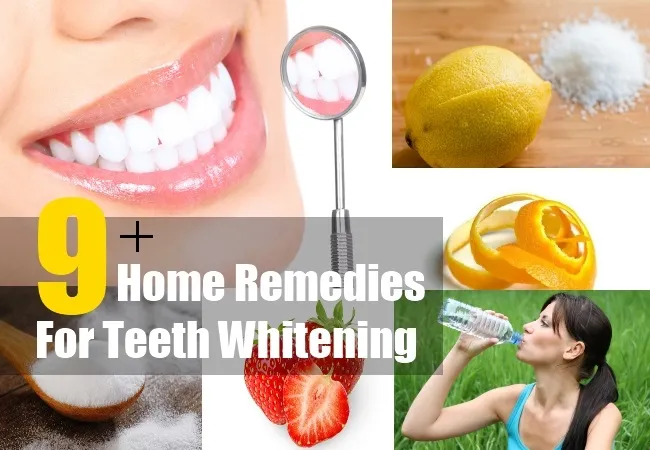
To perform oil pulling, take one tablespoon of coconut oil (or another oil like sesame or sunflower oil) and swish it around in your mouth for 15-20 minutes. Make sure the oil reaches all areas of your mouth and between your teeth. Spit out the oil (do not swallow it) into a trash can, as it will contain bacteria and toxins. Rinse your mouth thoroughly with water, and then brush your teeth. The best time to oil pull is in the morning on an empty stomach. Doing it regularly, alongside your normal oral hygiene routine, can help improve the appearance of your teeth.
Benefits and Risks of Oil Pulling
The benefits of oil pulling may include reduced plaque and bacteria, which can lead to a brighter smile and improved gum health. Some people also report fresher breath. The risks associated with oil pulling are generally low. However, in rare cases, some individuals may experience jaw soreness or nausea. It’s not a replacement for regular brushing and flossing, and it doesn’t offer dramatic teeth whitening results. Ensure that the oil you are using is safe for consumption. If you have any dental work, like fillings, be sure to consult your dentist before starting oil pulling.
Using Fruits to Whiten Teeth
Certain fruits contain enzymes and acids that can help remove surface stains and promote teeth whitening. While not as powerful as professional treatments, using fruits can be a natural and relatively gentle way to improve the appearance of your smile. It is important to use fruits with caution. The acids in some fruits, particularly citrus fruits, can erode enamel if used too frequently. It’s crucial to choose the right fruits and use them in moderation to get the best results. Always follow up with a thorough rinsing and brushing.
Strawberries and Lemon Juice
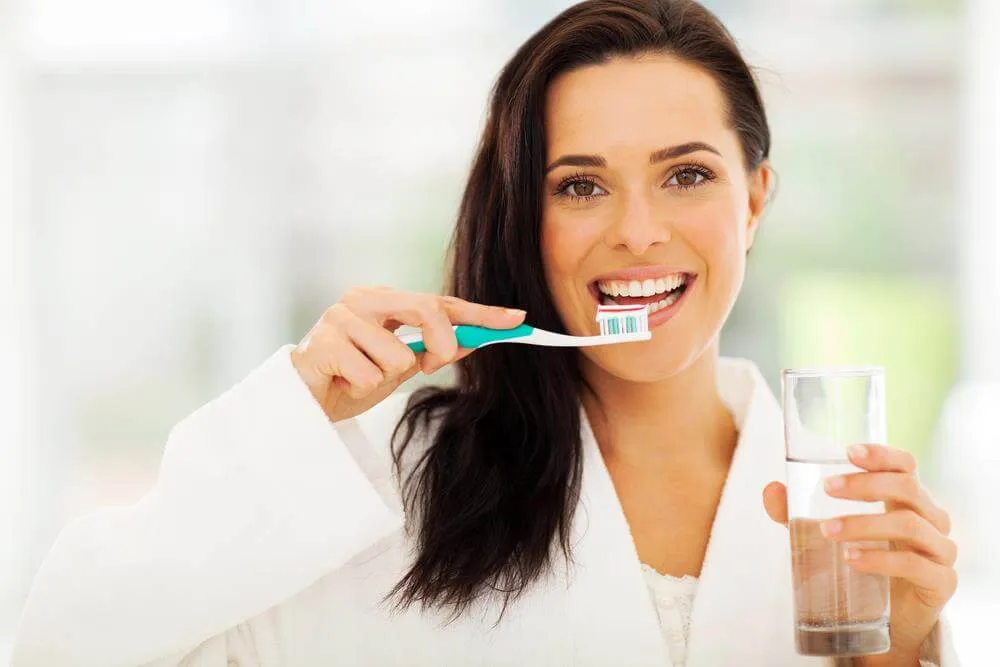
Strawberries and lemon juice are two fruits often cited for their teeth whitening properties. Strawberries contain malic acid, which can act as a natural stain remover, and lemon juice contains citric acid, which can help break down stains. To use this, mash a few strawberries and mix them with a small amount of lemon juice to create a paste. Apply this paste to your teeth for a few minutes, then rinse and brush. While this may provide some benefits, excessive use of lemon juice can be detrimental to tooth enamel.
Benefits and Risks of Fruit-Based Whitening
The benefits of using fruits like strawberries and lemon juice are primarily related to their ability to remove surface stains and promote a slightly brighter smile. They offer a natural alternative to some chemical treatments. The risks include potential enamel erosion due to the acids in the fruit. Overuse can lead to tooth sensitivity and increased risk of cavities. Additionally, fruit-based remedies might not produce dramatic whitening results. It’s important to remember that these remedies should be used in moderation and as part of a comprehensive oral hygiene routine.
Teeth Whitening with Apple Cider Vinegar
Apple cider vinegar (ACV) is a popular home remedy known for its various health benefits. It can also be used for teeth whitening due to its acidic properties. ACV can help remove surface stains and kill bacteria in the mouth. This approach is generally considered a gentler method compared to some other treatments. However, because of its acidity, it must be used with extreme caution to prevent any potential damage to the enamel of your teeth.
How to Use Apple Cider Vinegar Safely
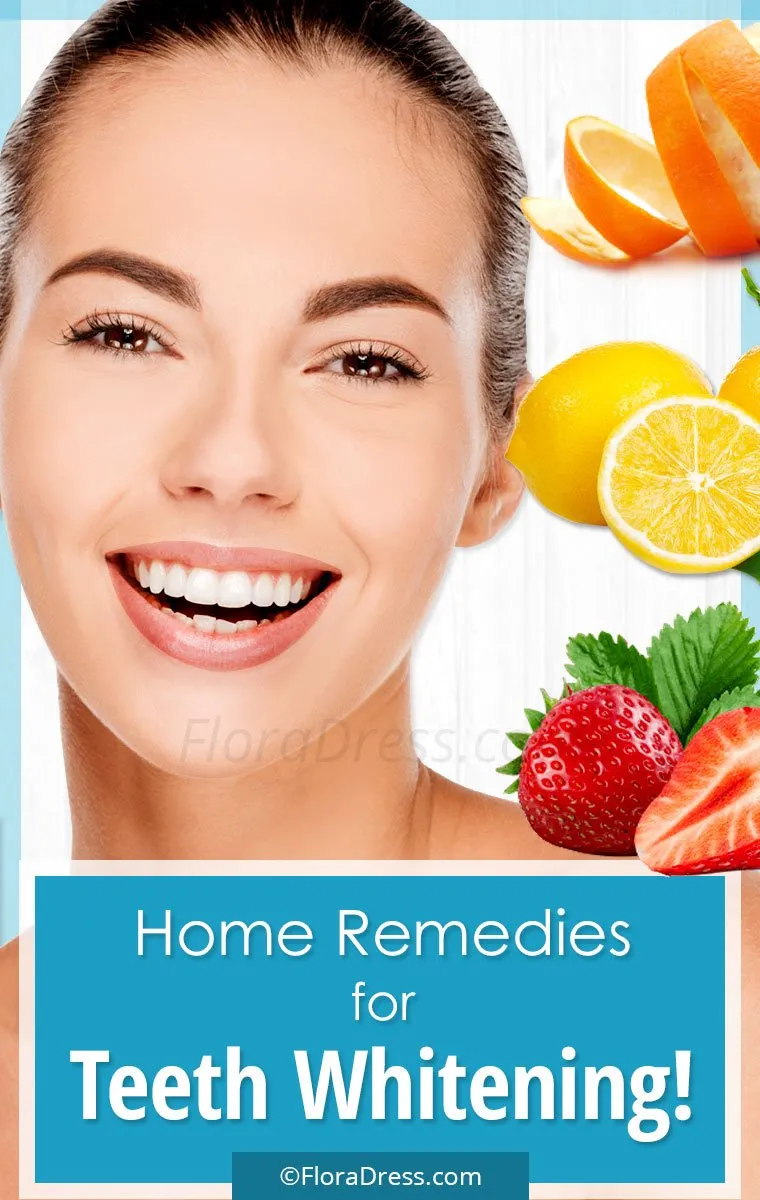
To use apple cider vinegar for teeth whitening, dilute it with water. Mix one part ACV with two parts water. Swish this solution around your mouth for about 30 seconds, then rinse thoroughly with water. Do not brush your teeth immediately after using ACV, as this can increase the risk of enamel erosion. Use this method no more than once or twice a week. Always consult with your dentist if you have any concerns, especially if you experience any tooth sensitivity. Dilution is crucial to minimize the risk of enamel damage.
Benefits and Risks of Apple Cider Vinegar
The potential benefits of apple cider vinegar for teeth whitening include the removal of surface stains and its antibacterial properties, which can help improve oral health. However, the risks associated with ACV are significant. Its acidity can erode tooth enamel, leading to increased sensitivity, and a greater risk of cavities. Using it undiluted can cause serious damage. It’s recommended to use it sparingly and in diluted form. If you have sensitive teeth or existing dental work, consult your dentist before trying this method. Prioritizing safety is important to prevent enamel damage.
Turmeric for Teeth Whitening
Turmeric, a spice known for its anti-inflammatory and antioxidant properties, has also been touted for its teeth whitening capabilities. It contains curcumin, which can help reduce plaque and bacteria, contributing to a brighter smile. Turmeric is often used because it’s a natural and less aggressive alternative to harsh whitening chemicals. Using turmeric is considered relatively safe. Its mild nature reduces the risk of enamel damage compared to some other methods. When used, turmeric can bring about a cleaner and potentially brighter appearance of your teeth.
How to Use Turmeric
To use turmeric for teeth whitening, create a paste by mixing turmeric powder with a small amount of water. Apply this paste to your toothbrush and brush your teeth for about two to three minutes. Rinse thoroughly with water. You can also add a drop of coconut oil to the paste to enhance its benefits. Turmeric is safe to use, although it can stain your toothbrush. There are no frequency limitations. You can use it daily without any detrimental effect on your teeth. Be consistent with your brushing routine to realize improvements.
Benefits and Risks of Turmeric
The benefits of using turmeric for teeth whitening include its anti-inflammatory and antioxidant properties. It may help reduce plaque and improve gum health, in addition to its potential whitening effects. The risks are minimal, although turmeric can stain your toothbrush and may leave a temporary yellow tint on your teeth, which should disappear with regular brushing. The effectiveness of turmeric for teeth whitening varies from person to person. However, its safety profile makes it a good choice for home use. If any irritation occurs, discontinue use and consult your dentist.
Coconut Oil and Essential Oils
Coconut oil and essential oils, such as tea tree oil and peppermint oil, are sometimes combined for teeth whitening. Coconut oil can help remove surface stains, and tea tree oil has antibacterial properties that can improve oral health. Peppermint oil can add a refreshing flavor and freshen breath. This combination leverages the individual benefits of each ingredient for a holistic approach to oral care. It’s considered a natural and gentle way to enhance the appearance of your teeth.
How to Use Coconut Oil and Essential Oils
To use this remedy, mix a tablespoon of coconut oil with a few drops of tea tree or peppermint oil. You can also add a pinch of baking soda for enhanced cleaning. Swish the mixture around your mouth for about 10-15 minutes, similar to oil pulling. Spit out the oil and rinse your mouth thoroughly with water. Brush your teeth afterward. Use this method a few times a week. Always ensure the essential oils you are using are food-grade quality. If you experience any irritation, discontinue use and consult your dentist.
Benefits and Risks of Coconut Oil and Essential Oils
The benefits of using coconut oil and essential oils include the potential for removing surface stains, improving oral health, and freshening breath. Coconut oil has anti-inflammatory properties and can help remove bacteria. Tea tree oil is a natural antibacterial agent. Peppermint oil adds a pleasant taste. The risks are generally low. However, some people may be sensitive to essential oils and experience irritation. Ensure you use food-grade essential oils and do a patch test before widespread use. If you experience any discomfort, discontinue use and consult your dentist.
Tips for Maintaining a Bright Smile
Maintaining a bright smile involves more than just teeth whitening remedies. Establishing good oral hygiene habits is critical. Brushing your teeth twice a day for two minutes each time is essential. Flossing daily removes plaque and food particles from between your teeth. Using an antiseptic mouthwash can help kill bacteria and keep your breath fresh. Regular dental check-ups and cleanings are also crucial to remove plaque, tartar, and surface stains. Incorporating a balanced diet, limiting sugary and acidic foods and drinks, and avoiding smoking can all help maintain a bright smile. These strategies will enhance the effectiveness of any teeth whitening treatments.
Regular Dental Check-ups and Cleanings
Regular visits to the dentist are essential for maintaining a bright and healthy smile. Professional cleanings remove plaque and tartar buildup, which can cause discoloration. Your dentist can also identify and address any potential oral health issues before they worsen. During a check-up, your dentist can assess the health of your teeth and gums and recommend appropriate treatments or preventative measures. Routine check-ups allow early detection of any problems, ensuring that you receive proper care. Maintaining a schedule of regular check-ups will ensure your teeth remain healthy and vibrant.
Dietary and Lifestyle Adjustments
Dietary and lifestyle choices significantly impact the brightness of your smile. Limiting your intake of staining foods and drinks, such as coffee, tea, red wine, and berries, can help prevent discoloration. Consuming a diet rich in fruits and vegetables, which naturally cleanse your teeth, is also beneficial. Avoiding smoking and tobacco use is crucial. These habits cause significant staining. Drinking plenty of water can help rinse away food particles and keep your mouth hydrated. Chewing sugar-free gum can stimulate saliva production, which helps neutralize acids and wash away food particles. By making these lifestyle adjustments, you can maintain a brighter, healthier smile.
When to Consult a Dentist
While home remedies can be effective, there are situations where you should consult with a dentist. If you have significant tooth discoloration that doesn’t improve with home treatments, or if you have deep intrinsic stains, it’s best to seek professional help. If you experience increased tooth sensitivity, gum irritation, or any other oral health issues, you should also see a dentist. They can diagnose the underlying causes and recommend appropriate treatments. Before trying any teeth whitening method, especially if you have existing dental work, consult with your dentist to ensure it’s safe. Professional guidance ensures a healthy and aesthetically pleasing outcome.
Understanding Professional Teeth Whitening Options
Professional teeth whitening offers more powerful and effective results than home remedies. Your dentist can provide in-office whitening treatments that use higher concentrations of bleaching agents, typically hydrogen peroxide. These treatments can provide dramatic results in a single visit. Another option is take-home whitening trays prescribed by your dentist, which contain a custom-fitted tray and professional-strength bleaching gel. Both options are generally safe and effective. They are performed under the supervision of a dental professional. Professional options can address more serious stains. Always discuss your options with your dentist to determine the best treatment for your needs and oral health.
